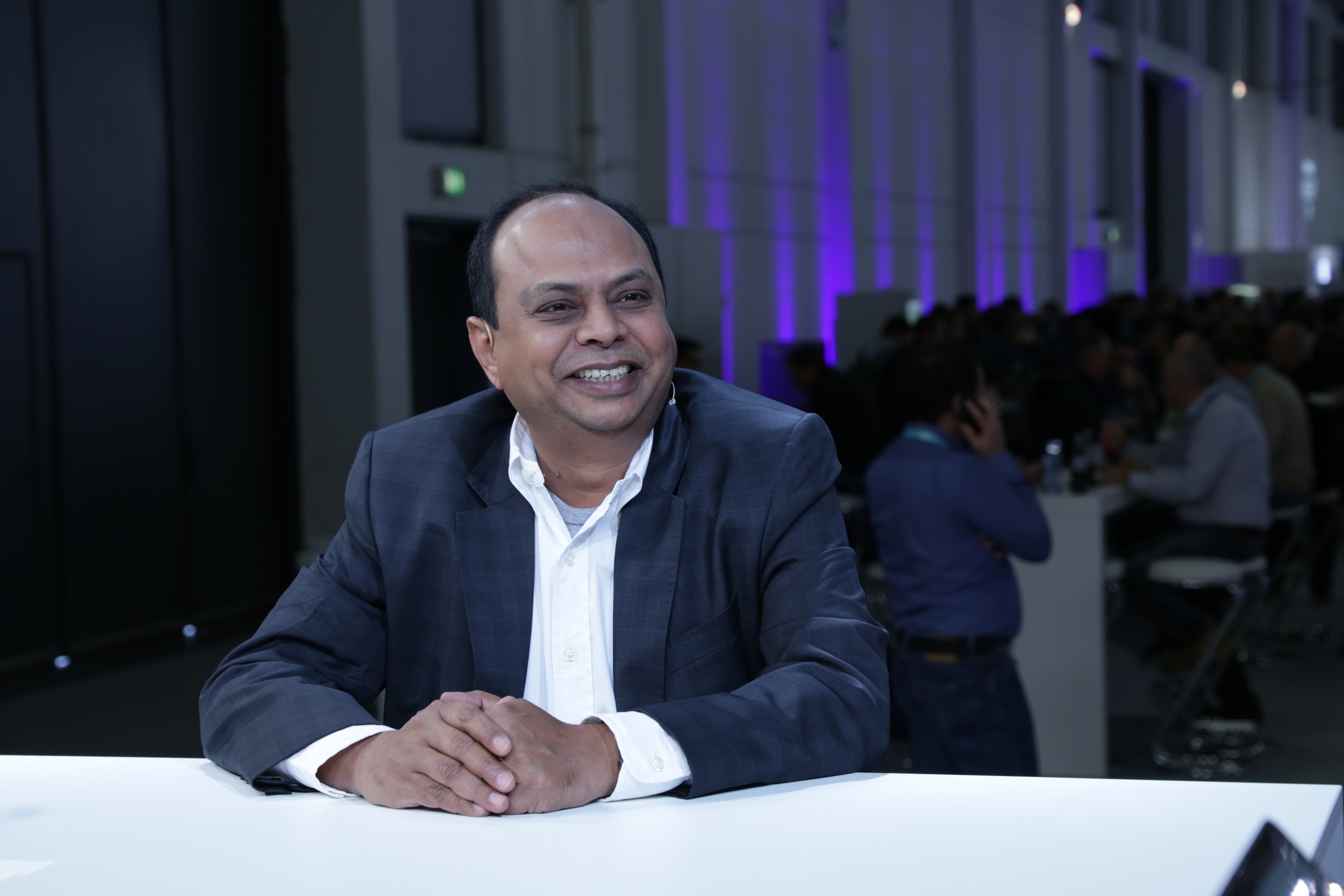 BIG DATA
BIG DATA
 BIG DATA
BIG DATA
 BIG DATA
BIG DATA
NetApp Inc.’s journey as a data storage solution provider has been marked by operational pivots, as well as the development of new products to serve the needs of its customers. Deepak Visweswaraiah (pictured), senior vice president and managing director of data fabric and manageability at NetApp Inc., knows well the utility of one offering in particular, NetApp’s Data Fabric.
“All of this data [is] in different silos. … To be able to actually handle the diversity of that data … you need a data fabric that can actually see multiple endpoints and can bring that together in … one view for a customer,” Visweswaraiah said.
NetApp’s Data Fabric allows organizations to manage data and combine disparate pieces of information from various sources seamlessly, Visweswaraiah explained. As the amount of data companies generate and have access to grows, their ability to process the information and utilize it to make business decisions is becoming increasingly vital to their survival.
Visweswaraiah spoke with Rebecca Knight (@knightrm) and Peter Burris (@plburris), co-hosts of theCUBE, SiliconANGLE Media’s mobile livestreaming studio, during the NetApp Insight event in Berlin, Germany. They discussed the advantages data fabric provides to businesses and how it can be further used as the prominence of machine-generated data and the “internet of things” grows. (* Disclosure below.)
NetApp’s experience in managing mass amounts of information makes it a strong option for companies looking to streamline processes and optimize return on their data, according to Visweswaraiah. “We have 36 billion data points coming from our own customer base that we bring back to NetApp. … It’s our responsibility to serve that data in the most optimized way to the applications that are analyzing [it],” he said.
Data Fabric not only connects information coming from various endpoints, it enables companies to easily contextualize them among all existing data. “You try and process data at the edge as much as you can and bring back only what is aggregated. … [But] just that data is not good enough, because you have to connect that data with the internal data that you have,” Visweswaraiah said.
Knowing where the data is coming from and how it fits in relation to other data is central to actioning change and achieving measurable success.
Though an investment in data process management requires a cultural shift for many businesses, Visweswaraiah is confident the impact will be powerful once companies do adopt the initiative. “Before, we couldn’t have attacked some of the problems that we can afford to today. It’s really having the mindset of being able to. … You can actually change the world with that data,” he concluded.
Watch the complete video interview below, and be sure to check out more of SiliconANGLE’s and theCUBE’s coverage of NetApp Insight Berlin. (* Disclosure: TheCUBE is a paid media partner for the NetApp Insight Berlin event. Neither NetApp Inc., the event sponsor, nor other sponsors have editorial control over content on theCUBE or SiliconANGLE.)
Support our mission to keep content open and free by engaging with theCUBE community. Join theCUBE’s Alumni Trust Network, where technology leaders connect, share intelligence and create opportunities.
Founded by tech visionaries John Furrier and Dave Vellante, SiliconANGLE Media has built a dynamic ecosystem of industry-leading digital media brands that reach 15+ million elite tech professionals. Our new proprietary theCUBE AI Video Cloud is breaking ground in audience interaction, leveraging theCUBEai.com neural network to help technology companies make data-driven decisions and stay at the forefront of industry conversations.